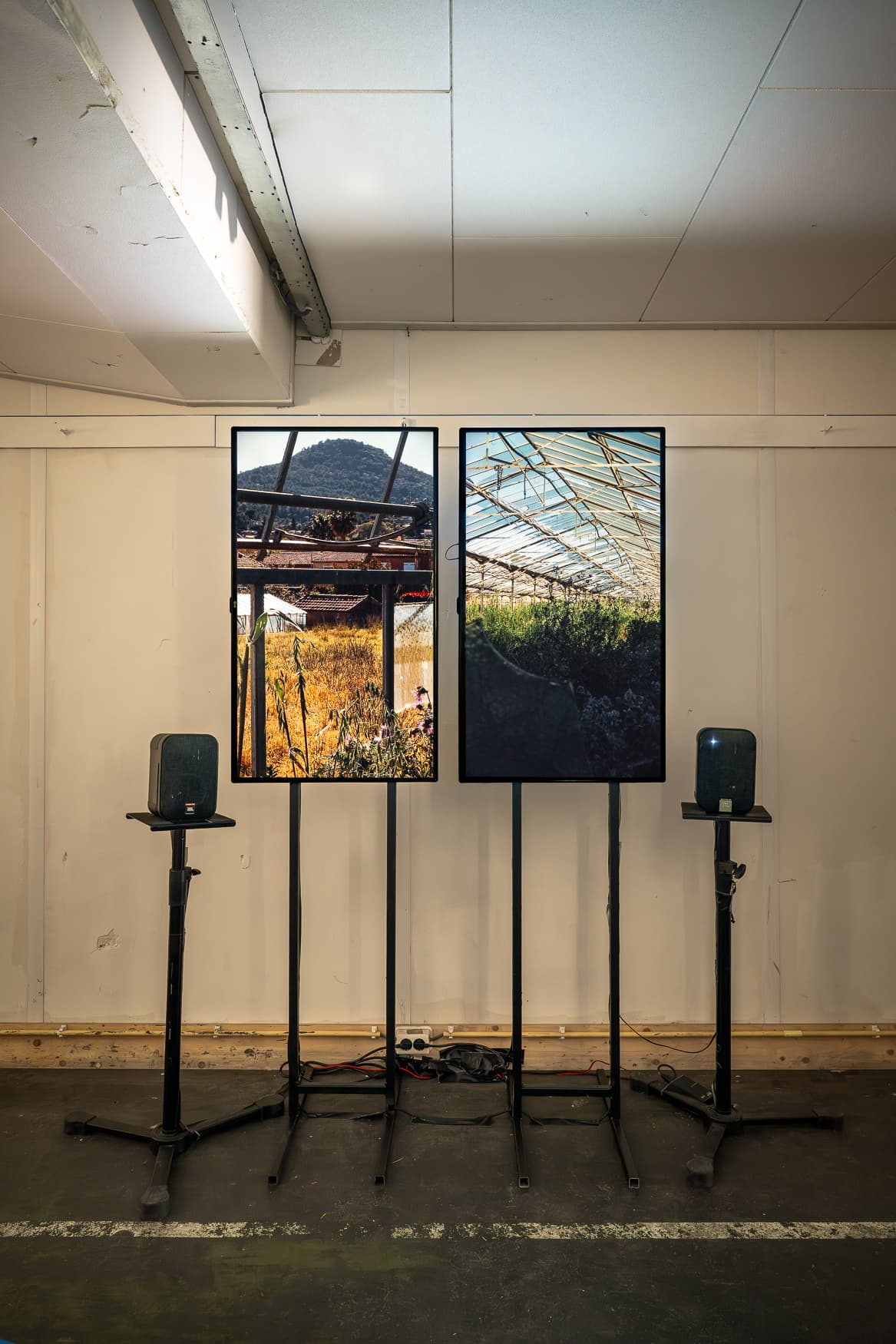Theo Colin
Studio for Immediate Spaces
Biography
Theo Colin and Héloïse Floc'h work together under the collaborative studio, Co-Formations. Here, they work across scales and disciplines with a focus on context-specific projects. Through their methodology, they work to find new solutions to urban and rural spatial issues through a hands-on approach of co-creating situations, interventions and objects.

Derelict greenhouses of Carqueiranne: A toolbox for revitalisation
18th November 2024, observing the site. The structure is a collage of different textures, in some parts, there are clear panes that don’t match the original diffused glass. In others, rubber veins flow through the facade in attempts to mend the cracks. In front of the broken window, there is a red and white safety tape that flails in the wind. The corners of the frames are inhabited by snail shells and green caterpillars that shimmy up the glass. Inside, the overgrown plants lean against the panes, where they break the diffusion and come gently into focus. The site described is 100 metres from the main street of Carqueiranne, a southern French town that sits between Hyeres and Toulon. This region was once home to a booming floricultural industry. Growers used glass greenhouses to produce flowers for all over Europe and North America. They were world-renowned for their climate control techniques and growing recipes. Throughout the 60s and 70s, this region’s growth was perpetuated by the expansion of global trade. However, by the 1980s, the same open doors that built Carqueiranne’s floricultural industry welcomed larger-scale intensive farms that oversaturated the markets, pushed down prices and eventually drove many local growers out of business. In the present day, all that remains of this history are the architectural remnants. In 2022, the Agriculture Chamber’s study found that there are still over 106 hectares of abandoned greenhouses in the region. We are focused on one greenhouse in particular, which was chosen due to its proximity to the centre of Carqueiranne. Here we see the opportunity to shift the perspective of a site that has long been overlooked and see potential for the structure to serve a different purpose than the one it was built. The first steps of our methodology were to interview growers, passersby, local municipalities and nearby archives. After spending many hours on the site, we mapped the changes through the seasons and tried to collate the archive images, with the derelict shell in front of us. Since then, we started to imagine various scenarios for the site’s rehabilitation, and have developed objects of conviviality to activate and alter this industrial agricultural space. We hope that we can offer a methodology for social and physical regeneration, one that concerns itself with research, understanding, re-envisioning, co-designing, and eventually co-creating.
